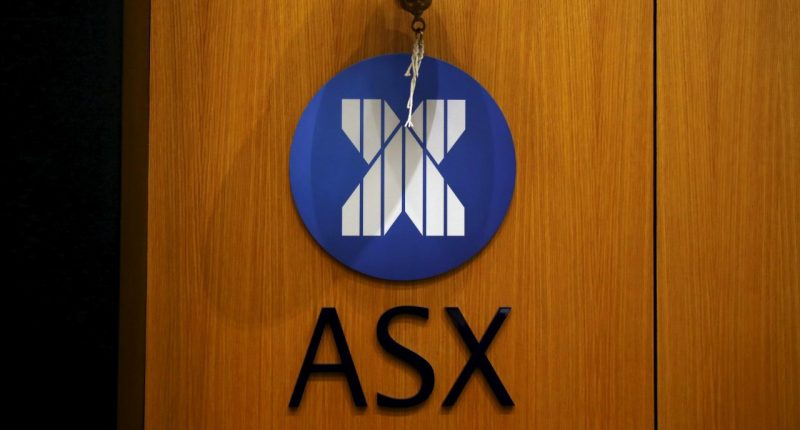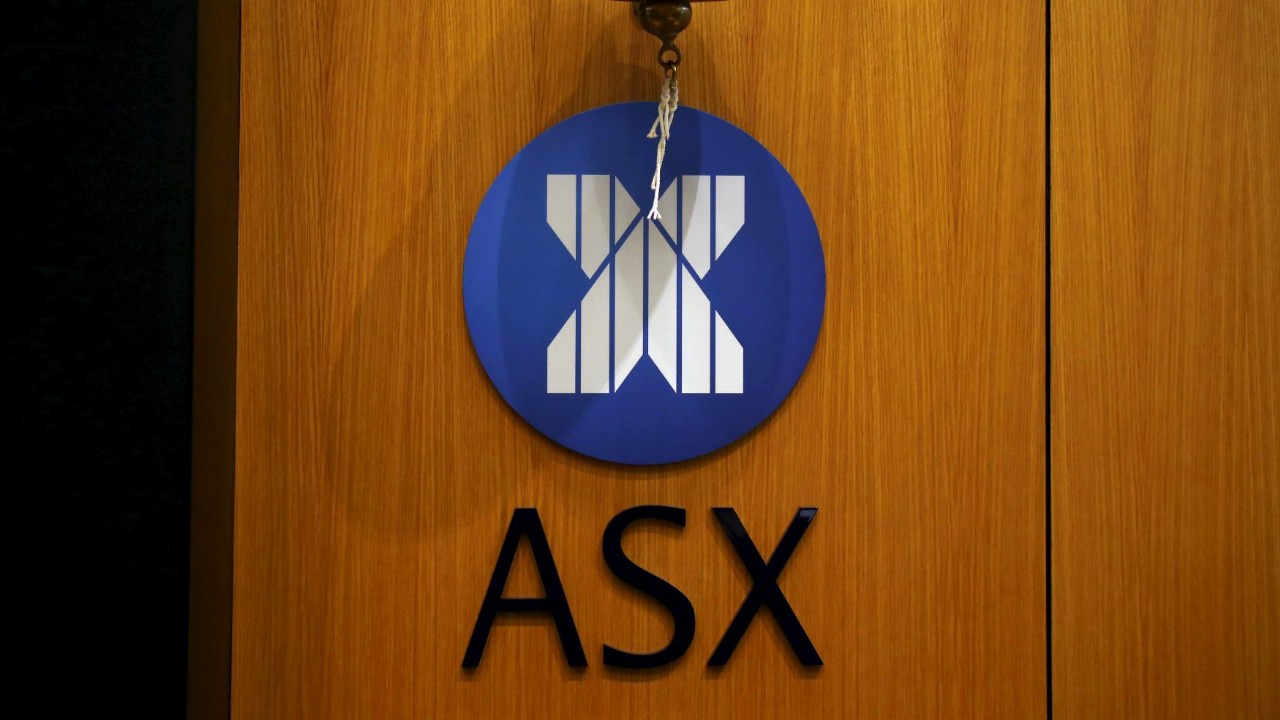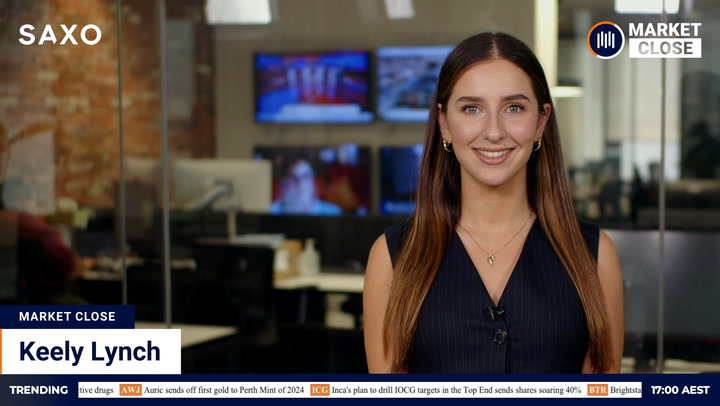In a year marked by challenges, the Australian Securities Exchange (ASX) has experienced a rare downturn, losing a staggering $43 billion in overall value growth that it would have otherwise achieved before the world-changing impact of COVID-19.
Adding to the concerns is the emergence of a formidable competitor, CBOE (formerly Chi-X), threatening to shake up the market.
However, the immediate focus remains on the ongoing IPO drought, casting a dark cloud over retail investors throughout the country. Let’s delve into the underlying factors that have led to this situation and explore the outlook for the ASX.
Just three listings planned for August
One look at the upcoming floats for the ASX reveals a disheartening reality – a historic-low number of companies have listed in Australia this year.
July saw only a sparse handful, and the situation is not much better in August, with only three companies set to list.
Moreover, the companies that have managed to go public this year have failed to garner the usual enthusiasm, highlighting the current lacklustre investor sentiment.
In a recent research note, Morgan Stanley provided a glimmer of hope, suggesting that Australian IPO market activity may “likely” recover towards the end of 2024.
However, this forecast isn’t a certainty and adds to the growing concern among investors.
The investment bank even rated ASX stocks as ‘Underweight,’ effectively advising investors to consider selling.
Impact of COVID-19 on M&A wave
One significant reason behind ASX’s value shrinkage is the wave of mergers and acquisitions triggered by the COVID-19 pandemic.
As stock prices fell during the early days of the crisis, heavyweight companies saw an opportunity to grow by acquiring struggling ones.
This phenomenon, witnessed globally, led to a record high in M&A activity in 2021, amounting to nearly A$5 trillion in total deal value.
Morgan Shaw Advisory earlier this year theorised that an environment supportive of heightened M&A activity is still the case and that the Australian market could see a “frenzy” of further M&As. While there hasn’t been a frenzy, it wasn’t far off.
While the Australian market didn’t experience a full-fledged frenzy, the consolidation trend has undoubtedly impacted ASX’s performance.
High-interest rates and market uncertainty
Another contributing factor to ASX’s woes is the backdrop of high-interest rates and market uncertainty.
Business sentiment is at an all-time low, leading to decreased lending to both small and large businesses.
Additionally, retail investors have reduced their trading activities, while institutional investors have been drawn towards alternative asset classes, notably bonds.
This prevailing malaise in sentiment creates an atmosphere of caution and hesitancy in the market.
The road ahead
Despite the challenges, there is a glimmer of hope for the ASX’s recovery.
Morgan Stanley’s analysts suggest that the market may take about a year and a half to get back to its previous form, although that remains speculative.
Retail investors should brace themselves for a potentially rough twelve months ahead, and exercise patience while keeping a close eye on market developments.








